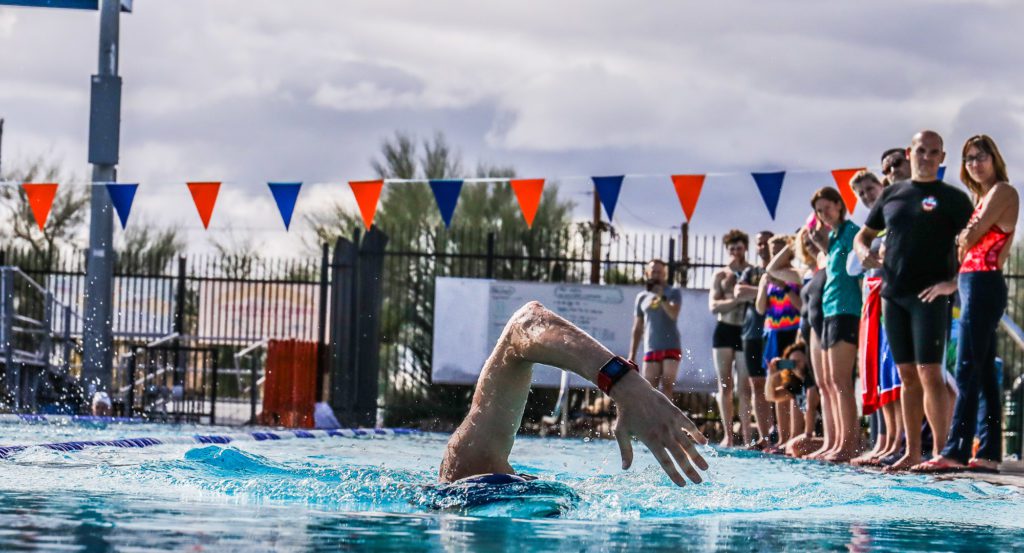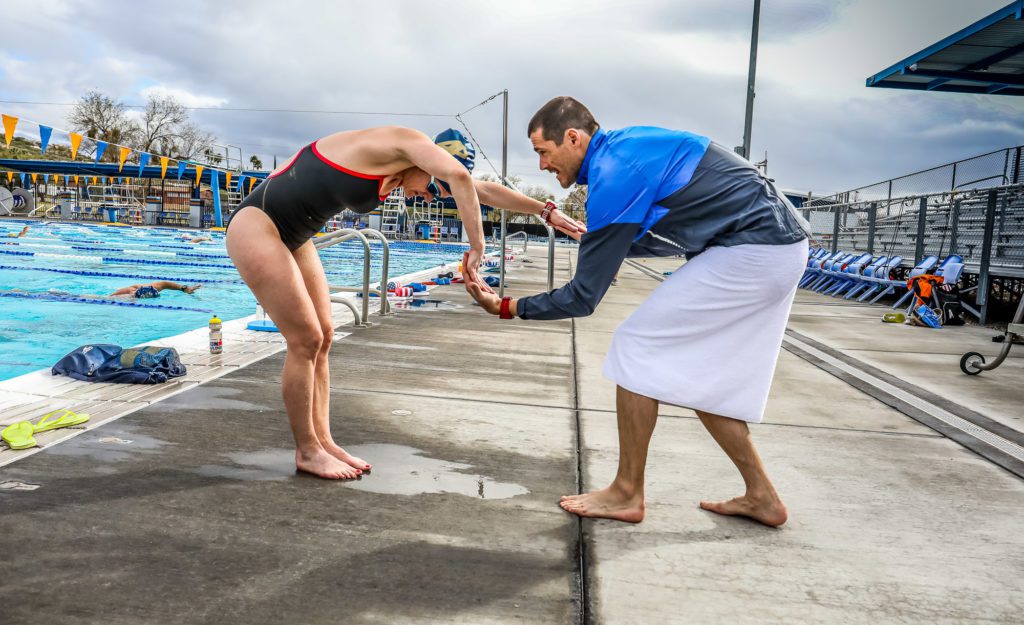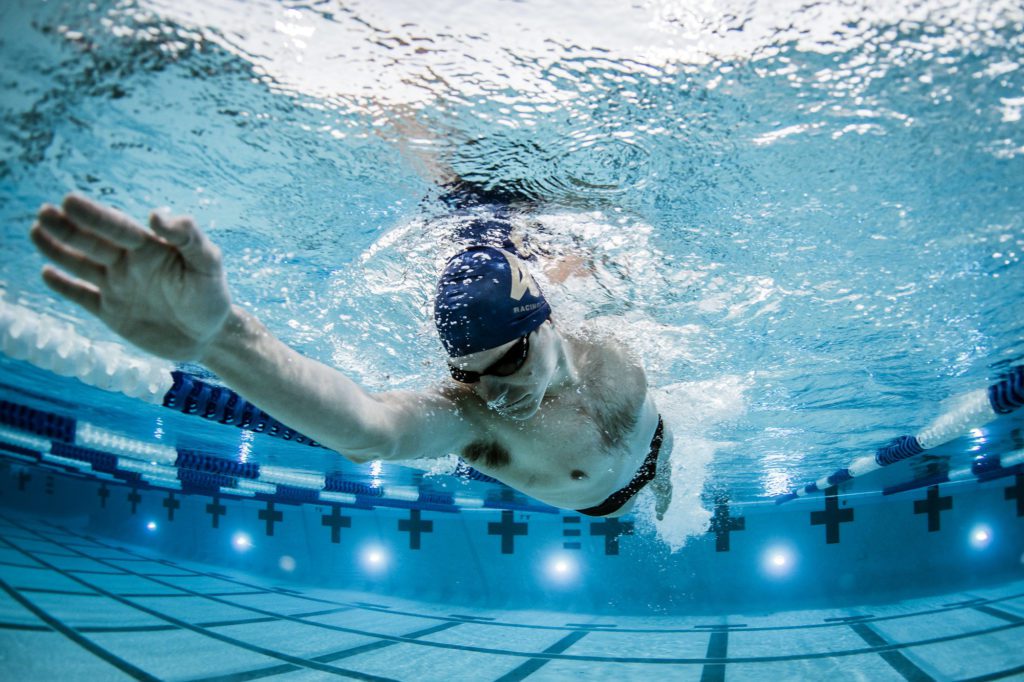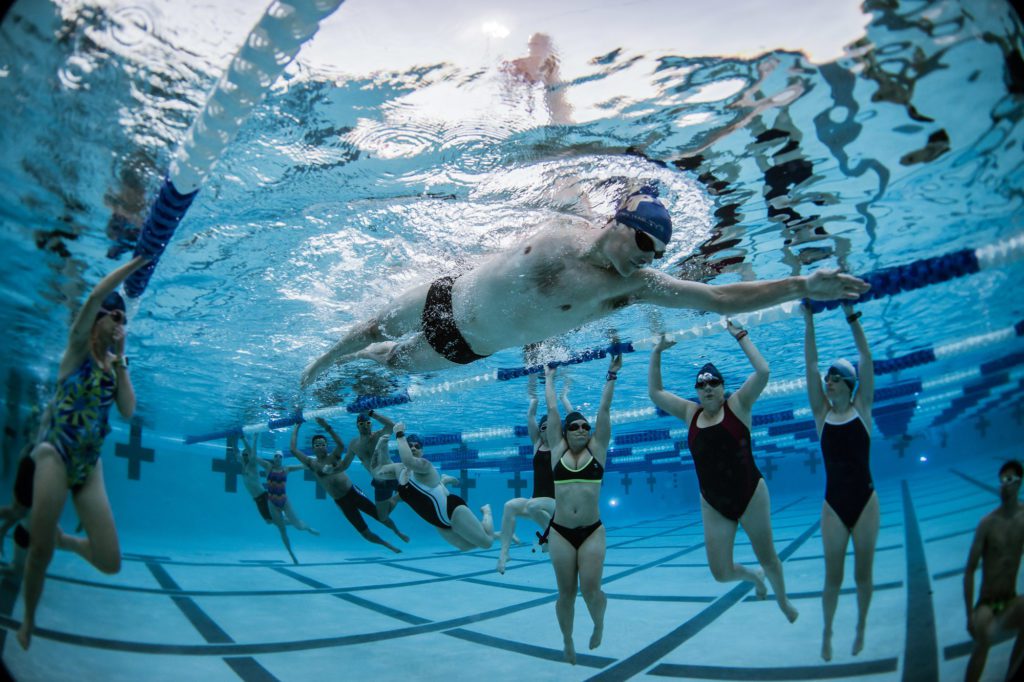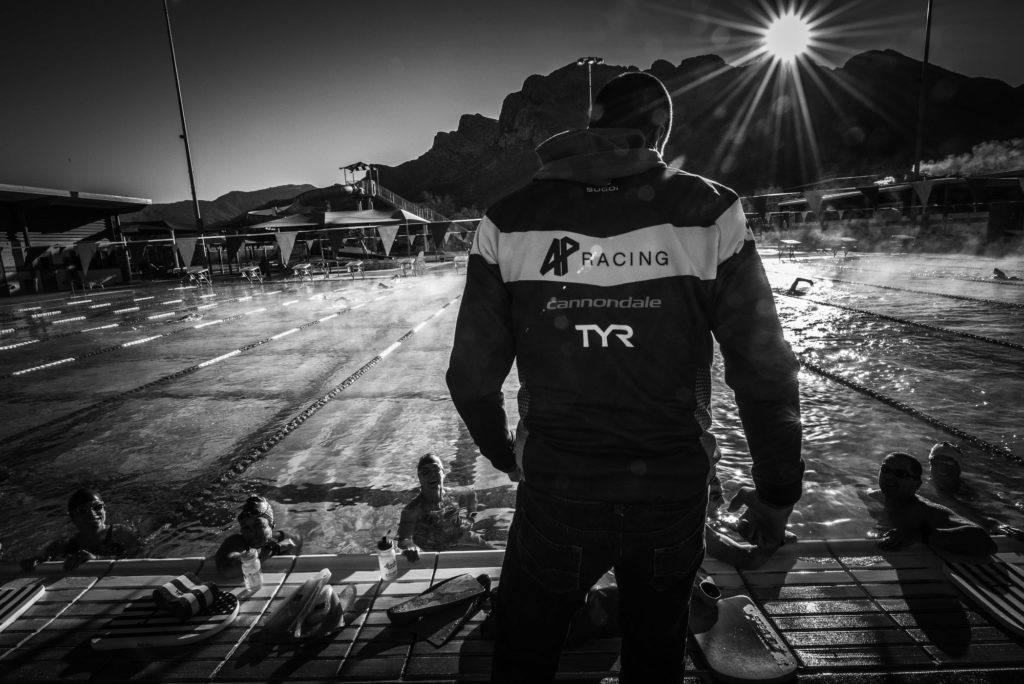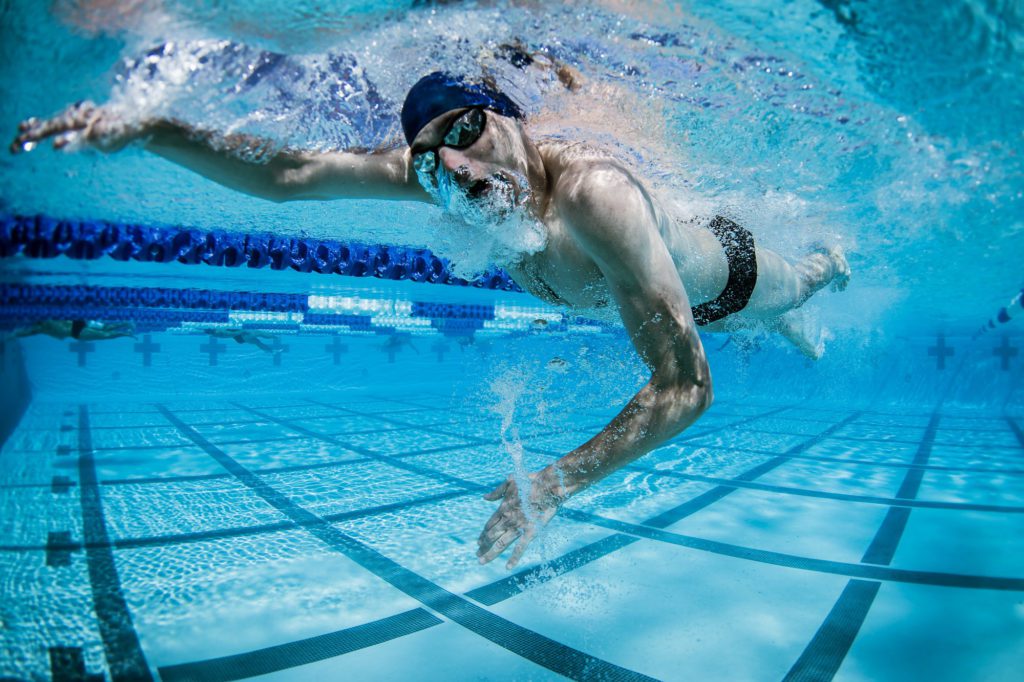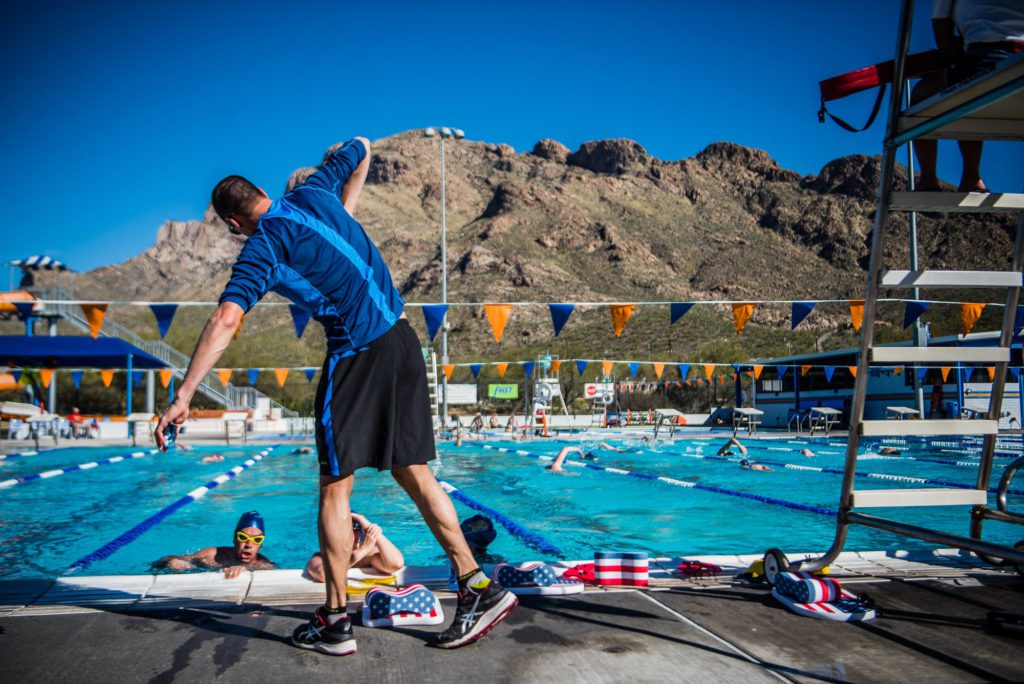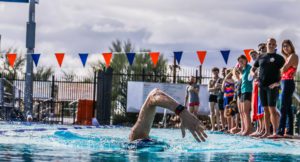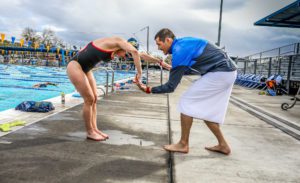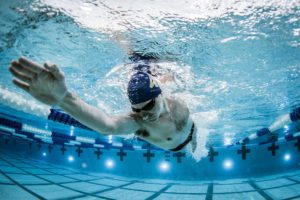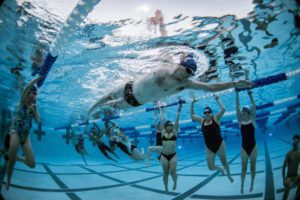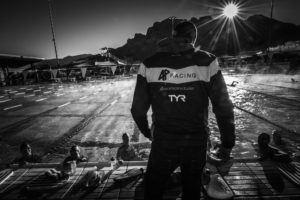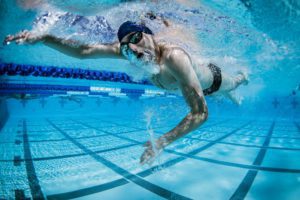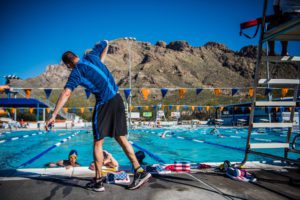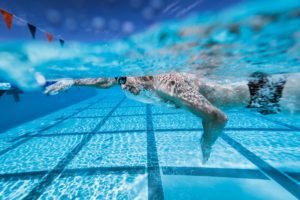Open water swimming: Five top pool drills from Andy Potts
Andy Potts gives tips to become a better open water swimmer with drills in the pool.
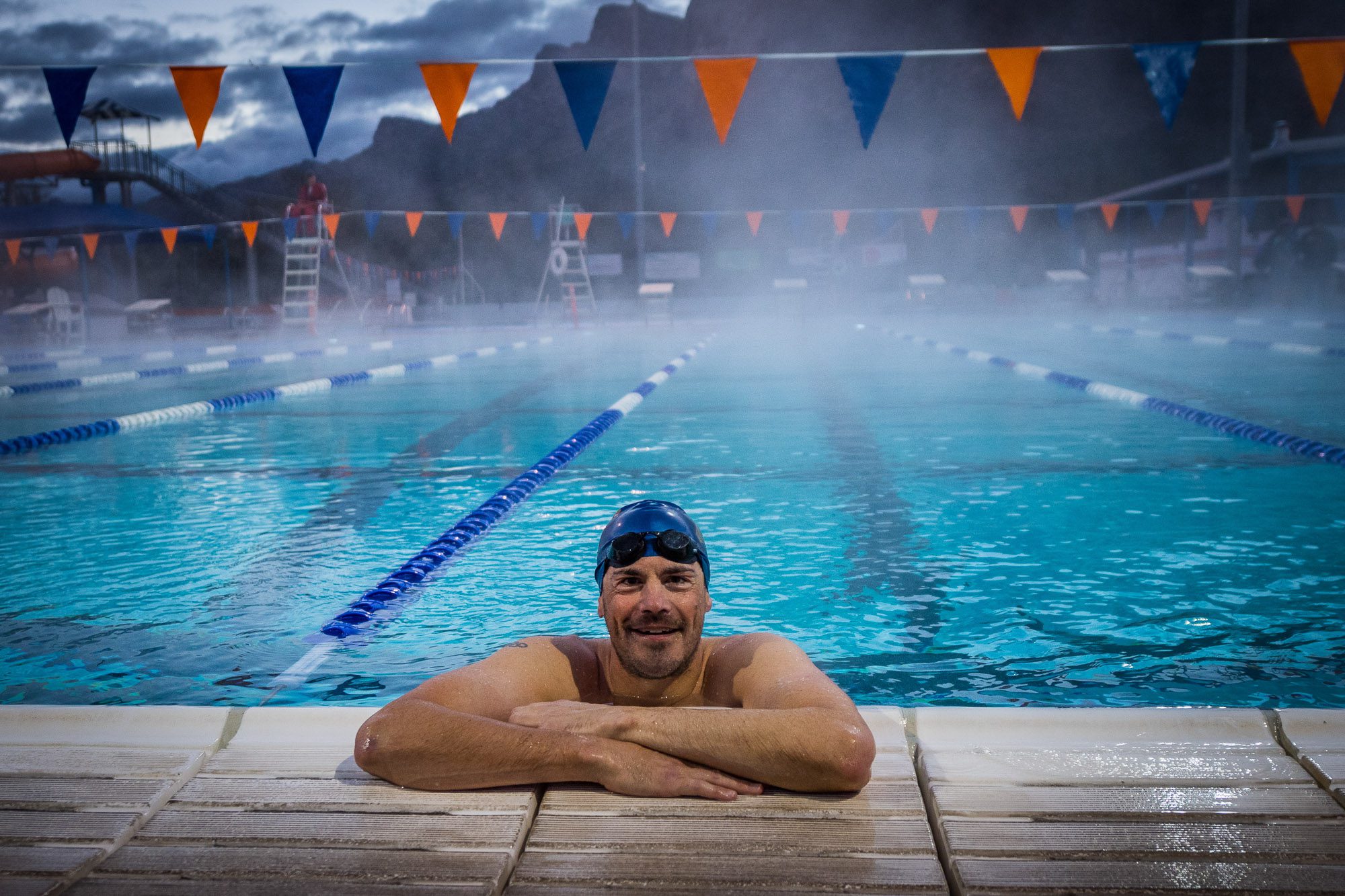
He’s got some of the fastest open water swim splits in the sport thanks to a long and successful career as a competitive swimmer. We asked pro Ironman triathlete and coach Andy Potts how triathletes can prepare for the open water swim season with specific drills in the pool. Here’s are his thoughts:
You do not need to swim in the open water to be a good open water swimmer. While understanding tides, waves, and all of those elements are important, they are fairly unnecessary skills for most triathlon open water swim races. With that, I am a firm believer that if you have any anxiety or apprehension towards open water swimming, then exposure therapy is the best way to overcome any mental gaps that exist. For me, when I get into an uncomfortable situation, I go to a previous race where I felt similarly as a way to comfort myself, but most people don’t have that mental library to go to. So, if doing OW swims helps build that library to gain comfort than I think it is well worth it. Equally important, if you love open water swimming and the excitement of being in the open water gets you swimming, then I am huge fan of anything that gets people in the water more.
A lot of folks ask me how my training has changed since going from swimming to triathlon. It really hasn’t except I am training less in the water. My training now is actually fairly close to how I trained in high school but with less volume. We do a lot of longer intervals — 600s, 700s, 800s — as a lot of people lose a grip on pace during those longer sets and we work on holding pace/form at sustained efforts.
So, how do you become a better open water swimmer while swimming in the pool? There are a few things I would recommend:
Cadence is important for open water swimming and a higher cadence is critical, especially as the water gets choppier. I would recommend putting a metronome in your swim cap for some of your swim sets as a way to start to feel and train your body to swim at a faster cadence. Anything above 2.0, that is right hand entry to right hand entry is going to be a great starting point.
Water Polo style swimming into alligator swimming drills: Here, you might be swim something like 20 x 25 with 5-10 seconds rest where you push off the wall (proper push) and then swim halfway, water polo style, with your head out of the water, keeping your chin as close to the waterline as possible and your head straight, and limiting side to side movement. At the halfway point, you lower your mouth into the water, right up to or slightly above your nose line and finish the 25.
Single Arm – breathe opposite side drill: This is my absolute favourite drill no matter what kind of swimming we are talking about as promotes good body position, hip rotation/propulsion and hand-hip connection. If you struggle with this drill, using fins (my favourite are TYR’s cross blade fins) will help significantly.
Form is still critical. Remember “finger tips down” as a general rule. It helps propel and move you forward throughout the stroke, even when sighting, and minimizes side to side movement.
Get a pair of neoprene shorts, such as the TYR Neo shorts. They are great because they promote good body position and also simulate the body position you will have when swimming in a wetsuit with slightly elevated hips. Added bonus — it makes swimming more fun and I’m a fan of that because people just don’t get in the water enough. On a personal note, I actually swim in these shorts or a wetsuit later in the week as my body is tired from all of the training and these help me get through tough sets.
Check out Canaqua Sports for open water swim races and more in Canada this summer.

